What's Inside This Guide
What is a Cocktail?
Cocktail – noun (1)
cock-tail I \ kak-tal \
Definition of cocktail
A: a usually iced drink of wine or distilled liquor mixed with flavouring ingredients
B: something resembling or suggesting such a drink as being a mixture of often diverse elements or ingredients
C: a mixture of agents usually in solution that is taken or used especially for medical treatment or diagnosis
A cocktail is an alcoholic mixed drink, which is either a combination of spirits, or one or more spirits mixed with other ingredients such as fruit juice, flavoured syrup, or cream.
There are various types of cocktails, based on the number and kind of ingredients added.
History Of The Cocktail
Cocktails are traditionally thought of as an American innovation, but they were actually at least partly inspired by British punches, which were big bowls of spirits mixed with fruit juice, spices, and other flavours, consumed in punch houses in the 18th century.
The term cocktail was even first seen in a British newspaper printed March of 1798. But the term wasn’t really defined as we know it until 1806, when The Balance and Columbian Repository of Hudson, New York, pinned the cocktail down to what we follow today:
“a stimulating liquor composed of any kind of sugar, water and bitters, vulgarly called a bittered sling.”
“Stimulating” has always been a basic prime goal of cocktails, but the true art of bartending evolved thanks especially to one guy… Jerry Thomas.

Jerry, aka “Professor” Thomas, a Connecticut-born, prolific American bartender who worked all over America and Europe and wrote one of the first comprehensive recipe books “The Bartenders Guide” which was basically an encyclopaedia of mixed drinks that became a standard-bearer for bartenders.
Increasing travel and steps toward industrialisation helped, as did innovations toward one key ingredient in cocktail culture: ice.
Imagine going to a bar and getting everything from a Mint Julep to a Martini at dull room temperature. We don’t have to, thanks to a guy crazy enough to dream up an ice exporting business at a time when the fastest delivery system was a ship and most ports weren’t equipped to store whatever ice didn’t melt in transit.

That didn’t deter Frederic “Ice King” Tudor, who kept trying and failing at hauling ice from colder climes to warmer ports until the venture finally succeeded (and made him a billionaire).
With ice more available around the U.S. and internationally, the possibilities for cocktails-and cocktail consumption-exploded.
But then a little thing called Prohibition put a slight damper on cocktail consumption (and gave a big boost to organised crime).
Even after it was repealed, many of our most talented bartenders had already found new homes abroad.
In a sense, World Wars (and increased tourism) were a slight saving grace for cocktail culture, with exposure to the Pacific theatre and its Polynesian culture introducing us to the kitsch and copious rums of what became our corrupted Tiki culture.

Think Mad Men, Manhattans, Martini lunches – only to take a step back as the drug cultures of the 60s and 70s strutted forward. It wasn’t until the 90s or thereabouts that a modest but ambitious group of bartenders led by people like Dale Degroff at New York’s famous Rainbow Room began reviving the classic cocktail culture of Thomas’s time, bringing historical values and strict quality standards back to a craft that had devolved into sour mix, pre-fab bottled cocktails like The Pink Squirrel, and shooters like the Training Bra. The decades that followed Degroff saw what became the Mixology renaissance.
Which bring us onto OUR top seven recipes for you…
TOP 7 CLASSIC COCKTAILS
The Perfect Manhattan

There are currently two main origin stories for the Manhattan. First is that it was invented at New York City’s Manhattan Club in the 1870s. The story goes that Jennie Jerome, aka Lady Randolph Churchill, aka Mammie Dearest to good ol’ Winston, was hosting a party there in honour of Samuel J. Tilden, presidential candidate at the time.
Apparently a guest at the party, Dr. lain Marshall, started whipping up drinks for the other guests at the party, and it was a hit. It was so popular that, even after the party, people began to request the drink, referring to it by the name of the club where it originated.
This story, while fun and satisfying, in that it’s easy to nail down a specific origin date, is likely false, as Lady Randolph was, by many accounts, in Europe and pregnant at the time the party was to have taken place.
The more likely to be a true version of events comes from William F. Mulhall, a bartender who worked at the famed Hoffman House for over 30 years.
In a story he wrote in the 1880s, he mentions, “The Manhattan cocktail was invented by a man named Black, who kept a place ten doors below Houston Street on Broadway in the 1860s.” He also claims that it was “probably the most famous drink in the world in its time.”
This story, while more plausible than the first, is not without issues. Namely, if Mr Black popularized the drink the world-over in the 1860s, it’s surprising we have no mention of it until the 1880s.
RECIPE:
60ml Bourbon Whiskey
12.5ml Sweet Vermouth
12.5ml Dry Vermouth
2 dash Angostura Bitters
Ice: None
Garnish: Orange twist and maraschino cherry
The Old Fashioned
1880 The story starts in Louisville, Kentucky James E. Pepper a bartender and esteemed bourbon aristocrat, was said to have invented the drink in a private social club, called The Pendennis Club in Louisville, before he brought the recipe to the Waldorf-Astoria Hotel bar in New York City.
This is supposedly where the Old Fashioned was born. 1895 Modern American Drinks, written by George Kappeler, is published in the U.S. and lists a plethora of recipes, one of which being for an Old Fashioned Whiskey Cocktail, reads as follows: “Dissolve a small lump of sugar with a little water in a whiskey-glass; add two dashes Angostura bitters, a small piece of ice, a piece of lemon-peel, one jigger whiskey. Mix with small bar-spoon and serve, leaving spoon in glass.”

The cocktail, now is commonly made with fruit, typically an orange slice and a cherry, though a pineapple was often drafted in to use.
Sometimes the fruit was muddled into the bottom of the glass. A credible theory suggests this was done during prohibition to disguise the taste of the poor liquor that was being used.
The Old Fashioned then returned to its 1880s roots during the first decade of this century when cocktail historians and bartenders uncovered old cocktail manuals and the recipes that they held within them. The best bars starting serving the drink again without the muddled fruit and the Old Fashioned entered an era of wide popularity again.
INTERESTING FACTS
IT’S GEORGE LUCAS’S FAVOURITE DRINK
THE OLD FASHIONED IS CELEBRATED FOR TWO WEEKS EVERY YEAR IN LOUISVILLE
SOME BARTENDER SAY THAT THE MAKE THE PERFECT OLD FASHIONED YOU SHOULD STIR IT FOR 6-8 MINUTES
6/10 PEOPLE HAVE NEVER SEEN A BARTENDER SMILE WHEN ASKED FOR AN OLD FASHIONED…
RECIPE:
50ml of Bourbon Whisky
1 Cube of brown sugar
2 dashes of Angostura Bitters
Garnish with an orange twist
AN OLD FASHIONED CAN ALSO BE BOUGHT PRE-BATCHED FOR EASY AT HOME DRINKING
The Tom Collins

But you probably never knew that it’s named after a pretty crappy joke from 1874…
Here’s how it went: A man would approach his friend and say “Have you seen Tom Collins?”
“Why? No!” the second man would say; “I’ve never had the pleasure”
“Perhaps you had better do so, and as quick as you can, for he is talking about you in a very rough manner… Calling you hard names, convincing people that there is nothing you wouldn’t steel short of a hot stove!”
This would upset the second man of course, who would stomp off and go looking for this Tom Collins.
Here’s the twist… Tom Collins didn’t exist.
It’s a pretty lame joke, we get that, but it went viral in the ways that it could back then! It became all the rage in New York and Philidelphia. It was so popular in fact that it was dubbed as the ‘The Great Tom Collins Hoax Of 1874’. Newspapers even started printing sightings of Tom and several songs were created that mentioned the joke.
Eventually, one ingenious bartender (because we are aren’t we) named a drink ‘Tom Collins’ just so that when someone would rush into the bar asking for Tom Collins the bartender had something to give them.
Two years later and the great Jerry Thomas added a drink named after the hoax. By 1878, the Tom Collins was being served in bars and restaurants everywhere, establishing itself as an international icon.
In 1891, gum syrup in the recipe was replaced with sugar as well as the use of Old Tom Gin, a lightly sweetened gin popular I 18th century England.
RECIPE:
50ml GIN
20ml LEMON JUICE
10ml SUGAR SYRUP
TOP WITH SODA WATER
ICE: CUBED
GARNISH: LEMON WEDGE
Moscow Mule

Apparently, Americans joked that the word ‘vodka’ was Russian for ‘Horrible’…
Taking a leap of faith, John G Martin had bought the US rights to the french brand, Smirnoff, in 1939. He unfortunately found though that he couldn’t shift the stuff. No one it seemed, was drinking vodka.
The story goes that close to giving up, John went to a bar in LA called the ‘Cock N Bull‘ and started to talk about his problems to the owner, Jack Morgan. Jack had a similar problem with trying to sell his Ginger Beer. We can guess somehow that there also must off been another hard up businessman who was trying to sell copper mugs to no avail…
A few drinks and chatting with the bartender on duty, they put their problems together and came up with The Moscow Mule. A vodka and ginger beer cocktail served in copper mugs.
They marketed the cocktail like crazy and low and behold, it took off. Vodka was now an accepted spirit in the American cocktail culture.
The name for the drink was randomly selected. Moscow; Most likely because of the public association with Russia and vodka. But Mule? Some say that ‘mule’ was in relation to the kick that ginger beer would give in flavour terms. But no one knows for sure.
RECIPE:
50ml VODKA
20ml LIME JUICE
2 DASH OF ANGOSTURA BITTERS
TOP WITH GINGER BEER
ICE: CUBED
GARNISH: LIME WEDGE
Sidecar

There are many theories as to the origin of this drink, some are more believable than others. But there are two main origin stories that seem to be the ones that are quoted the most.
The French like to take the first credit, believing that the drink was first made in Harry’s New York Bar in Paris. The story is, an American Army Captain would travel to the bar in the Side Car of his friends motorbike. He wanted a drink to warm him up before dinner, and Cognac was the immediate suggestion.
However, Cognac was not seen as appropriate to drink so early in the evening, so the bartender mixed some Cointreau and lemon juice to the Cognac and the Sidecar Cocktail was born.
However, Pat McGarry, bartender at the Buck’s Club in London is also often credited with the creation of the Side Car. McGarry was actually the inventor the popular but less regarded Bucks Fizz Cocktail.
At the time of McGarry, there was a popular cocktail called the Brandy Crusta, and many believe that McGarry adapted that recipe to create the Sidecar.
RECIPE:
50ml BRANDY
20ml COINTREAU
20ml LEMON JUICE
ICE: NONE
GARNISH: LEMON TWIST AND A SUGARED RIM
Martini

Over the years, the Martini has become one of the most recognisable mixed beverages. It’s most popular form is London Dry Gin and dry vermouth combined at a ratio of 2:1, stirred in a mixing glass with ice cubes, with the optional extra of orange or aromatic bitters, then strained into a chilled cocktail glass.
Dry Martini: Made with dry, white vermouth
Dirty Martini: Contains a splash of olive brine or olive juice and is typically garnished with an olive.
Wet Martini: This calls for more than one part vermouth
There are many theories over where and how the martini first came about; Some believe that the drink was created by a bartender named Martini in New York in the early 1900s. Others believe that the drink was created by the Vermouth brand Martini & Rossi.
However, the most commonly accepted story is that Jerry Thomas (yes Jerry again!) invented the drink in Martinez, California in the 1870s for a miner who had just struck gold.
Story has it, that the miner actually wanted to celebrate with Champagne, but the bar was out. Thomas crafted the miner a drink with the stock he had behind the bar. Without knowing it, the Martini was born, starting a cocktail craze for the gin-based concoction.
Shaken Or Stirred?
Both shaking or stirring your Martini are working towards the same end result; chilling the cocktail down.
However, stirring is a more delicate way of chilling, cooling the drink down slower (and diluting slower) than shaking.
Shaking the drink causes the liquid to come into greater contact with the ice, cooling the drink down faster and often leaving some residual water (melted ice chips) due to the impact of the shaking.
RECIPE:
50ml GIN/VODKA
10ml DRY VERMOUTH
IF DIRTY, THEN ONE BAR SPOON OF OLIVE BRINE
ICE: NONE
GARNISH: LEMON TWIST/ LIME TWIST/ OLIVE
Negroni

It is considered an Aperitif. According to reliable lore, the cocktail was born when an Italian bartender responded to a customers demand for a stiffer riff on an Americano cocktail (A much tamer drink with Campari, sweet vermouth and club soda).
The Customer in question was apparently Count Camillio Negroni. He had picked up a taste for strong liquor whilst working as a Rodeo Clown (yep) in the American Wild West, and gave his name to the resulting concoction.
In the last couple of decades though, the Negroni has morphed its way into the mainstay of any self-respecting cocktail menu. The Campari brand seized this opportunity, and in 2009 the Italian firm snapped up the American Wild Turkey Distillery, the largest acquisition in its history, to expand its US footprint. It then declared 2011 the Year Of The Negroni, claiming this as a celebration of the firms 150th anniversary
RECIPE:
25ml GIN
25ml SWEET VERMOUTH
25ml CAMPARI
ICE: CUBED
GARNISH: ORANGE TWIST OR SLICE
THE NEGRONI AS BECOME SO POPULAR THAT YOU CAN ACTUALLY NOW BUY IT PRE-BATCHED FOR DRINKING AT HOME
Go Out & Create Your Classic Cocktails
Which cocktail are you going to make first?
Which cocktail do you think had the best history?
Let us know by leaving a comment below…

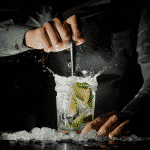

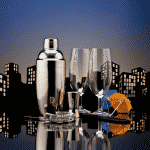
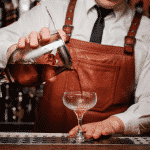




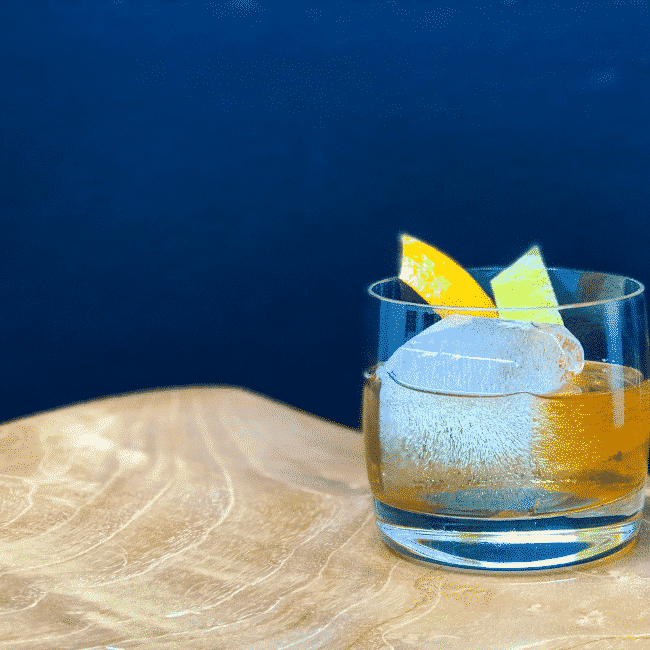

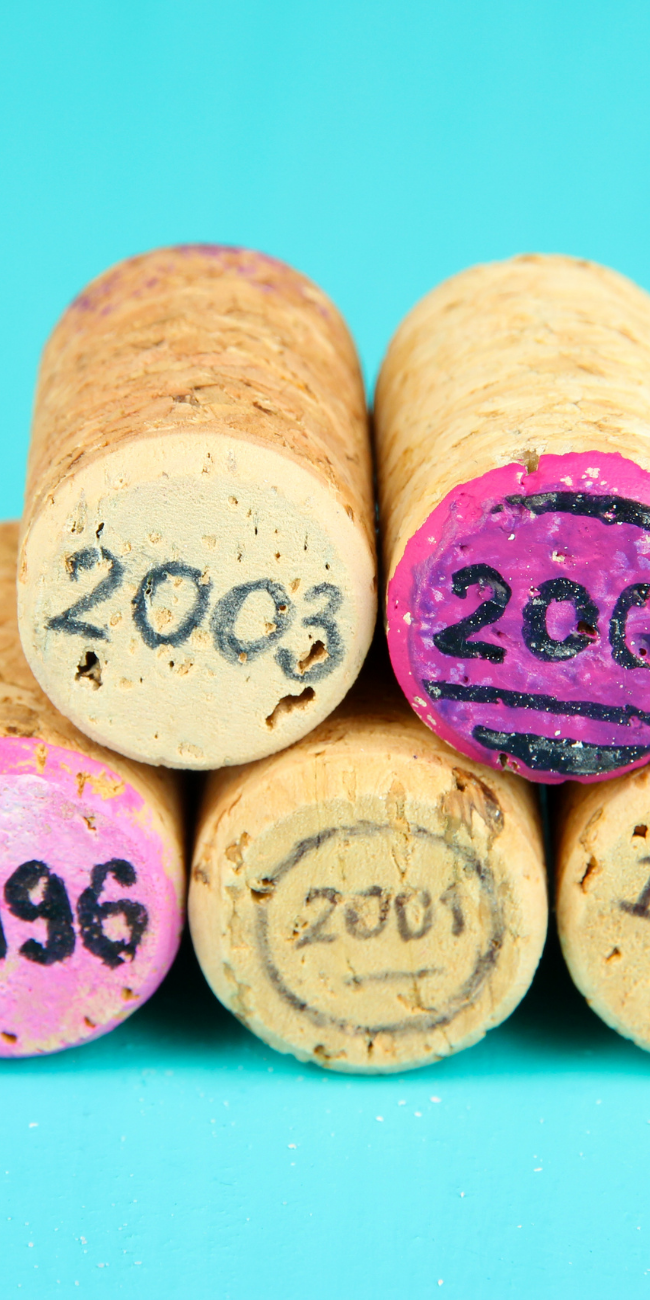
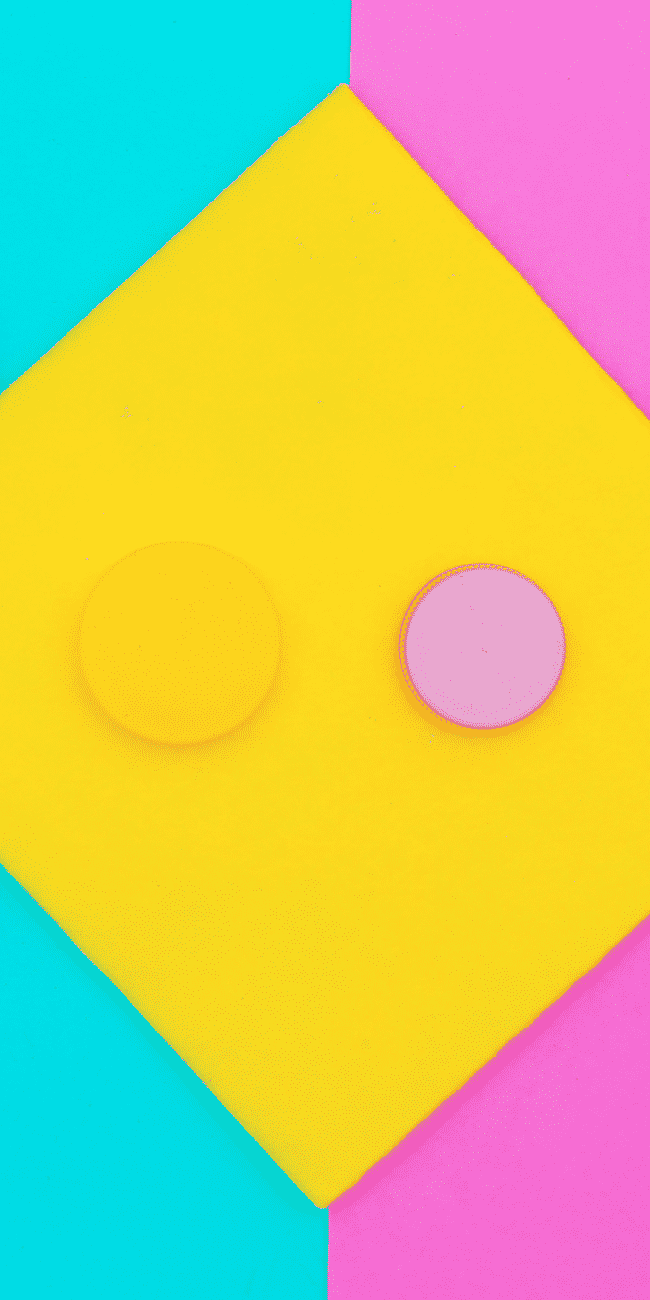
Mike
Bruv, just wanted to drop a comment to say I loved the article (popped up on my Google cards). Thanks for sharing!
Joel Mitchell
Thanks Mike, really glad that you enjoyed it, thanks for commenting!